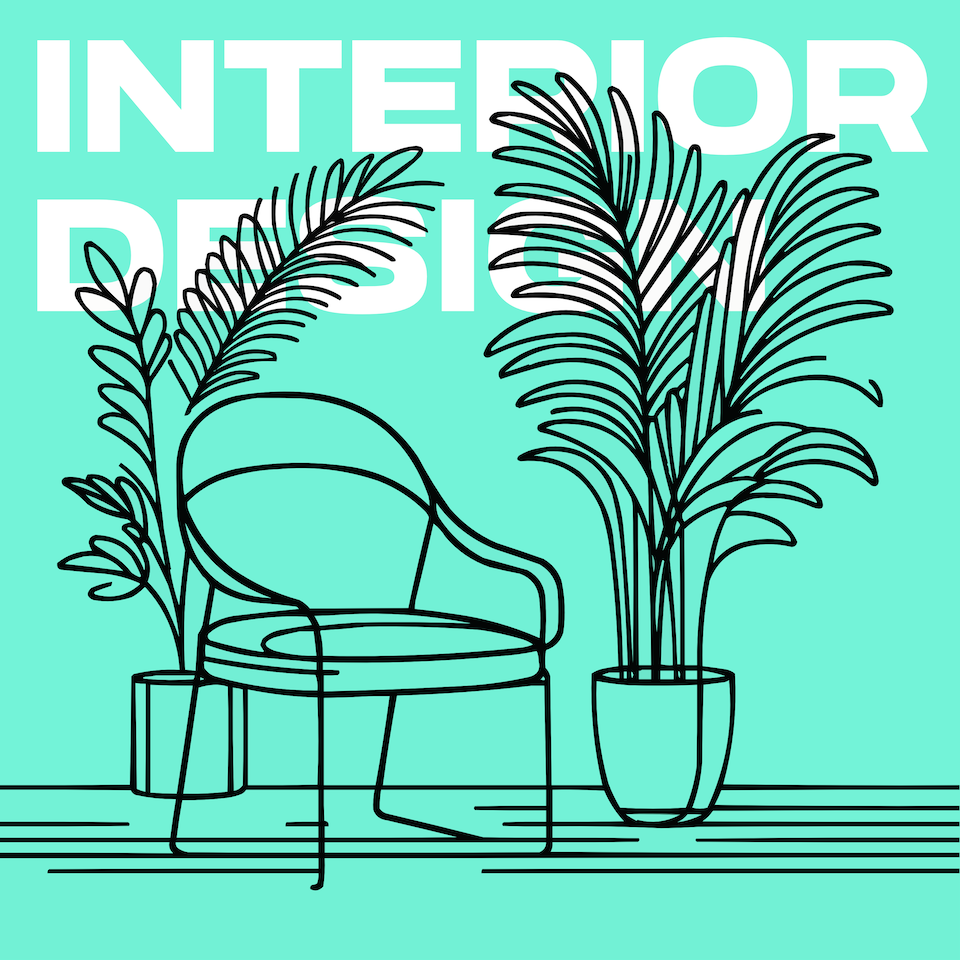Unlocking the Magic of Feng Shui in Interior Design
Hello there, design enthusiasts, and welcome back to another journey into the tapestry of interior design techniques. Today, we're venturing into the ancient art of Feng Shui, a practice that has fascinated cultures for millennia. Through our exploration, we aim to unlock the mysteries of Feng Shui to help you harmonize your living spaces, enhance your well-being, and ignite your creativity. So, get ready to recalibrate your spatial energy and invite positivity into every corner of your home. Feng Shui, translated as "wind" and "water," reflects the Chinese understanding of nature's influence on human life. Intricately linked with Taoism, Feng Shui is all about balance—ensuring energy, or 'Qi,' flows smoothly through an environment to foster health, prosperity, and happiness. While the concept may seem esoteric to some, we're here to demystify Feng Shui and show you how its principles can be applied straightforwardly in your interior design projects. Let's start with the basics—one of the core components of Feng Shui is the Bagua map. This octagonal diagram divides a space into nine areas, each corresponding to different aspects of life, such as wealth, health, relationships, and personal growth. To apply the Bagua map, begin by aligning it with the entrance to a room or home, treating this entry point as the map's bottom. From there, you can identify which area of your space correlates with the various aspects of life I just mentioned. Understanding the Bagua map enables you to make intentional design decisions. For example, if you're focusing on financial prosperity, the area to the left of the entrance—when using the Bagua map—should be your focus. Enhancing this space with elements associated with wealth in Feng Shui, such as plants that represent growth or colors like purple and gold, can help attract positive energy towards financial success. Another fundamental principle of Feng Shui is the harmony of the five elements: wood, fire, earth, metal, and water. These elements should be balanced within a space to foster good Qi. Each element can be represented in various ways, through colors, shapes, and materials. For instance, to introduce the fire element, which symbolizes passion and energy, incorporate red objects or triangular shapes into your décor. Conversely, if you're seeking to promote calm and wisdom, integrating the water element through the color blue or wavy patterns might be the way to go. Incorporating natural elements and ensuring a clutter-free environment are also vital aspects of Feng Shui. Indoor plants not only add a touch of greenery but also purify the air and enhance the flow of Qi. Similarly, decluttering spaces opens up room for positive energy to circulate freely. Remember, in Feng Shui, every object within a space affects its energy. Hence, choosing decor that carries personal significance and sparks joy is crucial. By now, you might be wondering how to apply these principles practically. Let's consider a common area like the living room. Start by ensuring it receives ample natural light, as light is a powerful energy source in Feng Shui. Arrange seating to foster open and comfortable conversation, ideally in a circular formation to mimic the Bagua's shape. Incorporate a mix of the five elements through your choice of furniture, decor, and color scheme to achieve a balanced and harmonious environment. And most importantly, keep the space clear of clutter to allow energy to flow uninhibited. As you can see, Feng Shui is much more than oriental mysticism—it's a practical approach to designing spaces that promote wellness and joy. Whether you're rearranging your home office for increased productivity or decorating your bedroom for better sleep, Feng Shui offers intuitive guidelines that anyone can follow to create spaces that resonate with their aspirations and lifestyle. And with that, we've barely scratched the surface of this fascinating topic, but I hope we've ignited your curiosity and inspired you to explore Feng Shui further. Remember, interior design is not just about aesthetics; it's about creating environments that uplift and support you. So why not give Feng Shui a try? You might just find that it brings a new level of harmony and happiness to your home. Thanks for tuning in to today's episode of "Interior Design for Beginners." We'll be back with more insights, tips, and tricks to transform your space into a sanctuary. Until next time, keep designing your dream spaces!
Brought to you by Room AI
